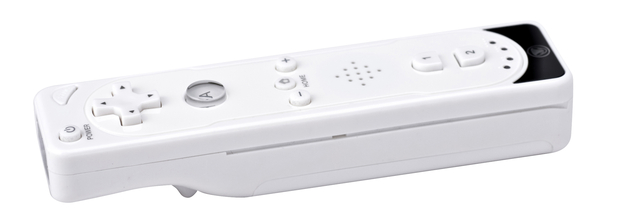
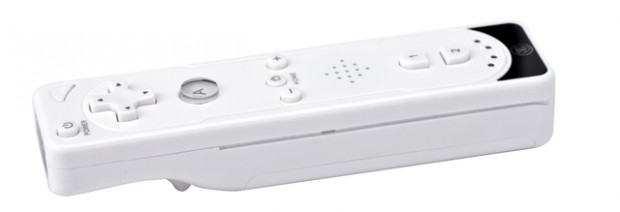 Released on North American shores back on November 13th, 2006, the Nintendo Wii represents the company’s attempts to enter the 7th generation of the home console market. Selling over 100 million units by the time its production ended, the Wii symbolizes a break from traditional D-pad based gaming.
Released on North American shores back on November 13th, 2006, the Nintendo Wii represents the company’s attempts to enter the 7th generation of the home console market. Selling over 100 million units by the time its production ended, the Wii symbolizes a break from traditional D-pad based gaming.
Featuring a motion controller that utilized a gyroscopic motion sensor, the Wii merged the gap between avid gamers and newcomers alike by incorporating the player into the movements of the software. Consumers were now fully immersed into the world of the game they were playing, with the sensor bar measuring each movement to full perfection.
For the first time in gaming history, players were lifted off the couch and placed squarely in the middle of a technological revolution that was easily accessible. For Nintendo, they engineered a product that was both facile and novel. The Wii did not seek to emulate its competitors with high definition graphics and spec heavy infrastructure. Instead, what makes the Wii so special is the fact that it is a true gaming console that held no distractions other than the software itself.
But even with all its praise, Nintendo’s 7th generation console did have its detractors that sought to point out every flaw in this diamond of a technological innovation. It was this insistence on purist gaming that led to the Nintendo Wii’s irrevocable lag behind the PlayStation 3 and Xbox 360 in regards to software output. But still, even with all its technological aspirations, the Wii is both praised and ridiculed by critics even to this day.
The Wii’s Launch
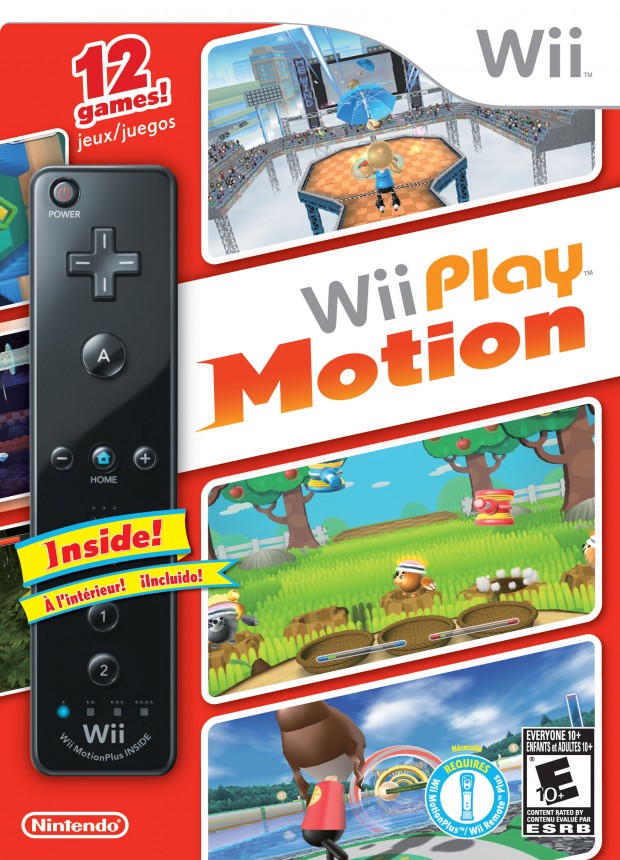 Having graced the consumer market stage during the holiday season of 2006, the Nintendo Wii enjoyed immediate success. Nintendo seemed to have done everything right with its new system. Right from the start, this new system gave owners instant access to hundreds of titles because of its backward compatibility with its predecessor, the Gamecube. This is a remarkable decision by its designers surely when one considers the compatibility limitations of its contemporaries.
Having graced the consumer market stage during the holiday season of 2006, the Nintendo Wii enjoyed immediate success. Nintendo seemed to have done everything right with its new system. Right from the start, this new system gave owners instant access to hundreds of titles because of its backward compatibility with its predecessor, the Gamecube. This is a remarkable decision by its designers surely when one considers the compatibility limitations of its contemporaries.
Wii owners can instantly throw in a classic like Super Mario Sunshine or Luigi’s Mansion and revisit the majesty of these first-party Nintendo classics. Just to put it into perspective, the Gamecube had a library of over 500 titles by the time production ceased in the sixth generation. Wii owners not only had a dozen launch titles to choose between but also a back catalog of hundreds of titles.
The launch titles themselves were enough to help this new console hold its own. The Legend of Zelda Twilight Princess, Red Steel and Marvel Ultimate Alliance were all feathers in the cap of Nintendo’s 7th generation library. Having a Zelda game from the start gave the company an advantage over its adversaries. First party software is a major contributor to Nintendo’s success over the years and having an IP like Zelda from the very beginning gave the Wii a foundation to build upon. But there is one more major factor that helped propel the Wii into the sales stratosphere. That distinguishing element is the console’s pack-in title, Wii Sports.
Wii Sports crystalized the aspirations this new hardware had hoped to achieve in the console market. It is a piece of software that is both simplistic in design but intricate in execution. To this day, Wii Sports is considered to be one of Nintendo’s landmark titles and a fundamental element in the system’s success. The fact that Shigeru Miyamoto and his team included this IP as a pack in title alone showed how much this new system believed in the dream of motion capture gameplay.
Wii Sports effectively became the system’s killer application, the Halo of the 7th generation. Selling over 82 million copies by 2017, Wii Sports is the single highest selling platform title of all time. What is even more amazing is that Wii Sports is the only non-Mario title to sell in the millions for the company. There is not a single recognizable character in the game. Wii Sports focused more on the use of Mii’s, imaginary counterparts that the player creates to compete in the various sports events offered in the in-game world.
This is a direct counterpoint to other traditional Mario sports games like Mario Tennis, which utilized character recognition to sell its brand onto consumers. The Nintendo Wii used its pack-in title brilliantly to effectively dominate its competitors in the 2006 holiday season. With the simple swing of the remote, gamers can see their Mii alter-egos playing rounds of Tennis or competing in a harmless boxing match in both single player and multiplayer modes. Remarkable in the context of a system that launched over a decade ago.
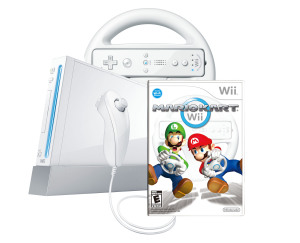 The PS3 and Xbox 360 tried to capitalize on this motion gaming phenomena, by launching their own versions in the form of the PlayStation Move and Kinect. Both competitive incarnations failed miserably and the Wii remained supreme in the motion-controlled gaming market. But despite all this success the Wii has its detractors that rightfully point out the system’s mishaps.
The PS3 and Xbox 360 tried to capitalize on this motion gaming phenomena, by launching their own versions in the form of the PlayStation Move and Kinect. Both competitive incarnations failed miserably and the Wii remained supreme in the motion-controlled gaming market. But despite all this success the Wii has its detractors that rightfully point out the system’s mishaps.
The Wii’s Failure
Despite its backward compatibility, great first party titles, and a phenomenal pack-in title, the Nintendo Wii still suffered from an endless amount of shovel Ware by the end of its lifespan. At one point, the system released only one title a month, in comparison to its contemporaries which were launching two to three games per week. This dearth of new material for the console derived from a number of factors most notably, inferior hardware.
During a time of high definition streaming and 1080 P visual output, the Wii still utilized a simplistic Audio-Video connection that rendered a meager 480i definition. Granted, this insistence on older technology helped keep the Wii at a cost-efficient price point of 249.99, it still hindered third party support. The Wii is a pure gaming experience which also held its own mishaps. Blu Ray technology became the new dominant force on the consumer market for which Sony capitalized on tremendously.
The PS3 is home to a multitude of functionality ranging from gaming to internet browsing. The Wii could only play games and nothing else. To put it into context, the PS2 had a DVD player built into the console which single-handedly destroyed the Sega Dreamcast’s chances of ever dominating its competition. Fast forward a generation later, and Nintendo made the same mistake. This lack of Blu ray hardware in the system gave the PS3 a massive leg up in terms of sales and third-party development.
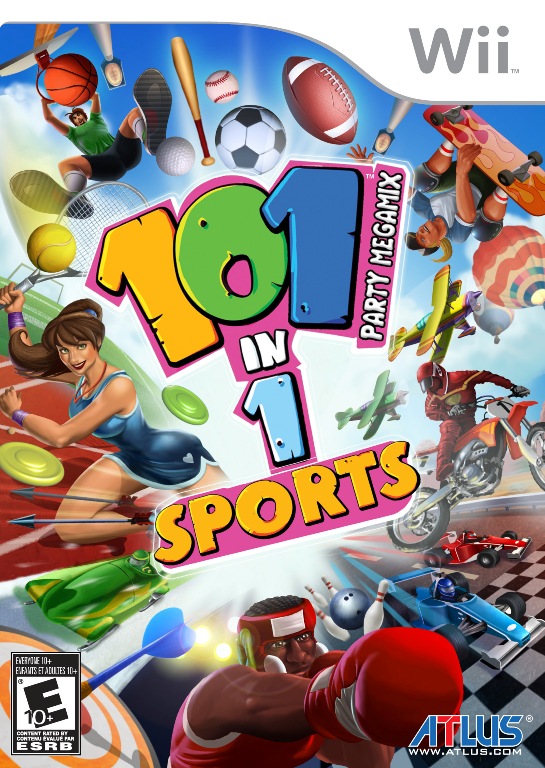 Even the Wii’s accessories eventually became oversaturated and cumbersome. This is epitomized in the Wii classic controller attachment. Intended to resemble the old Super Nintendo D-pad, the Wii classic controller had to be plugged into the Wii remote in order to register with the console. Despite having two USB ports that could have easily allowed for a more traditional plug n ‘play feel, the Wii’s developers failed to cater to its retro gamer fan base and this mishap symbolized the console’s disastrous overproduction of subpar accessories.
Even the Wii’s accessories eventually became oversaturated and cumbersome. This is epitomized in the Wii classic controller attachment. Intended to resemble the old Super Nintendo D-pad, the Wii classic controller had to be plugged into the Wii remote in order to register with the console. Despite having two USB ports that could have easily allowed for a more traditional plug n ‘play feel, the Wii’s developers failed to cater to its retro gamer fan base and this mishap symbolized the console’s disastrous overproduction of subpar accessories.
The Wii’s Legacy
Over a decade later, the Nintendo Wii became a console known for both innovation and lackluster third-party support. A graveyard now for the defective, The Wii failed in sustaining a trend that was meant to propel motion capture gaming into the next generation. For many, this 7th generation system is a lesson in what gamers truly want. Rather than swinging a remote for hours on end with a host of endless controller attachments, what players relish is a visual tapestry of endless escape.
The Wii focused too heavily on how gamers were interacting with their games rather than what they were actually playing. The PS3 housed some of the greatest titles in the history of the industry, and despite all its tech-savvy specs, it still managed to produce a meaningful visual experience for its fanbase.
The Wii had its moments, it gave consumers two of the greatest Zelda games of all time in Twilight Princess and Skyward Sword. But these were only slight blips in the radar of the gaming industry. Sure the system sold over a hundred million units. But what good can come from selling a novel that has great cover art on the surface but a subpar prose style in its text? Such is the dichotomy of the Nintendo Wii. Perhaps it is best remembered as the system that sparked a brief Nintendo renaissance in the face of an extravagant hardware market dominated by flashy graphics and high definition visuals.


Leave a Reply